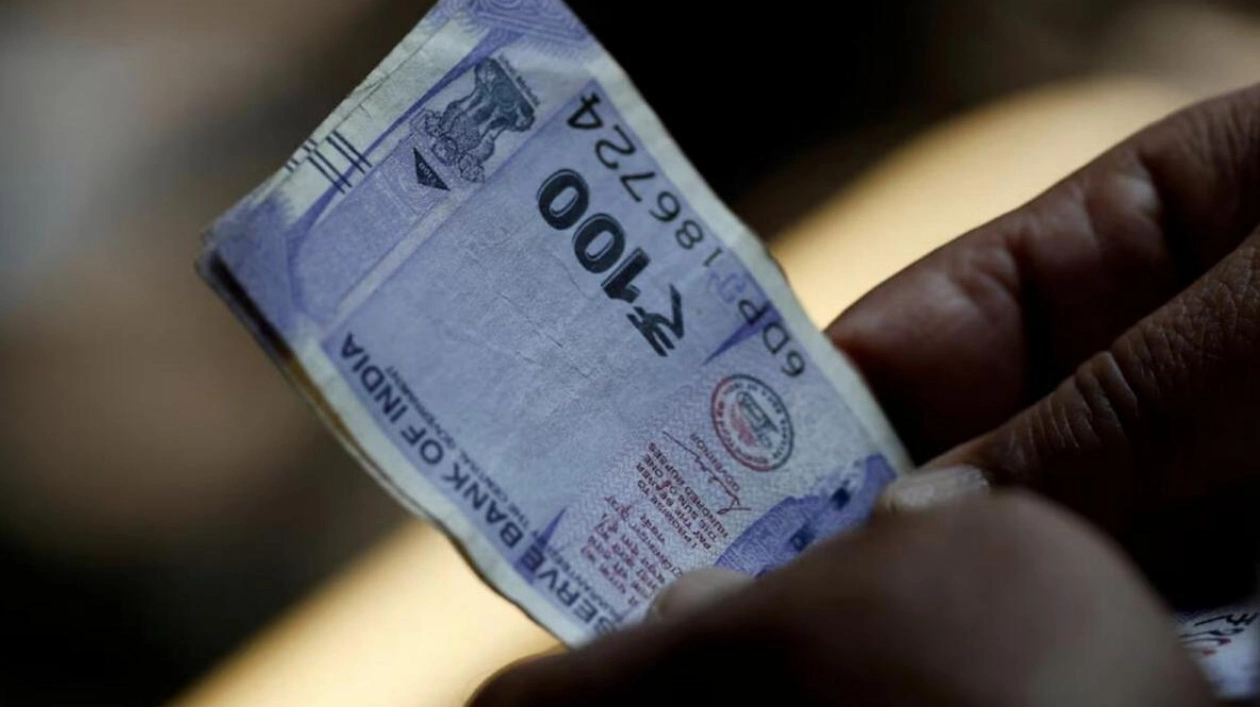The Indian rupee remained stable on Wednesday, with declines in oil prices and a dovish Federal Reserve outlook offsetting the negative risk sentiment. The currency traded at 83.9575 against the U.S. dollar at 10:40 a.m. IST, nearly unchanged from 83.9625 in the prior session. Brent crude oil fell further in Asia, continuing its nearly 5% drop from Tuesday, amid concerns about demand. Indian stocks declined by 0.7%, mirroring the broader sell-off driven by fears of a U.S. economic slowdown. "The rupee is known to be resilient; the current risk aversion is clearly insufficient to impact it," commented a currency trader at a bank. Over the past month, the rupee has fluctuated within a narrow 20-paisa band, causing its 30-day realized volatility to hover around 1%.
"As long as U.S. employment and inflation data remain generally consistent, the rupee is unlikely to break out of this range or sustain any momentum," noted Srinivas Puni, managing director at QuantArt Market Solutions. In this stagnant scenario, Puni recommended a systematic hedging strategy, incorporating standard and some secure exotic options such as knock-out forwards, to manage risk effectively. Risk appetite waned as U.S. equities experienced their worst performance in a month, triggered by weak manufacturing data. This led to increased speculation that the Federal Reserve might implement a more significant rate cut at its upcoming meeting. According to the CME FedWatch Tool, investors now estimate a 42% chance of a 50-basis-point rate cut at the September 17-18 meeting, up from 30% previously.






